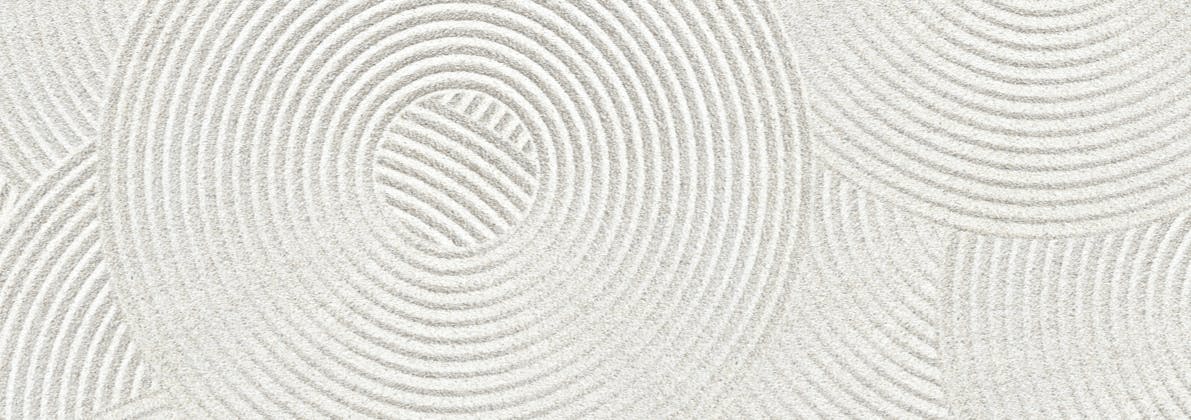In recent years, advancements in medical technology have revolutionized the field of skincare. One innovation that has gained immense popularity is laser therapy, especially in the realm of med spas. Among the various treatment options, skin resurfacing stands out as a transformative procedure, offering rejuvenated and youthful skin. In this deep dive, we will explore the intricacies of laser therapy, focusing on its applications, benefits, and considerations.
Understanding Laser Therapy
Laser therapy, short for Light Amplification by Stimulated Emission of Radiation, involves the use of concentrated light beams to target specific areas of the skin. In the context of med spas, the emphasis is often on skin resurfacing, a procedure designed to improve the texture and appearance of the skin. Unlike invasive surgeries, laser therapy offers a non-surgical alternative with minimal downtime.
Types of Lasers Used at Monarch Skin Lounge
Various types of lasers are offered at Monarch, each catering to specific skin concerns. The two primary categories are ablative and non-ablative lasers.
- Ablative Lasers: Ablative lasers work by removing outer layers of the skin, stimulating collagen production and promoting the growth of new, healthier skin. CO2 lasers and erbium lasers are common examples used for skin resurfacing. These lasers are effective for addressing deep wrinkles, scars, and other significant skin imperfections. Downtime associated with ablative laser therapy can be from seven days to several weeks, depending on the patient's skin type and the depth of treatment. Once the skin has finished peeling or flaking after about 7-10 days, the new skin will look pink to red for several weeks to follow. Monarch Skin Lounge proudly uses the Candela CO2 laser technology.
- Non-Ablative Lasers: Non-ablative lasers penetrate the skin without removing any layers, heating the tissue beneath to stimulate collagen production. This type of laser is often chosen for milder skin concerns, such as fine lines, uneven pigmentation, and mild scarring. With non-ablative laser treatments the downtime is typically minimal, only lasting a couple of days. At Monarch, we utilize the Candela Gentlemax Pro that is designed with 755 nm and 1064 nm dual wavelengths for laser hair removal, vascular lesions and skin treatments.
The Skin Resurfacing Process
Before delving into the benefits and considerations of laser therapy, it's crucial to understand the general process involved in skin resurfacing.
- Consultation: The journey begins with a thorough consultation between the client and the Certified Laser Technician. During the consultation, the client's skin type, concerns, and medical history are assessed to determine the most suitable laser treatment.
- Pre-Treatment Preparation: Depending on the chosen laser therapy, clients may be advised to prepare their skin by avoiding certain skincare products and medications. It's crucial to follow pre-treatment guidelines for optimal results and to minimize the risk of complications.
- The Laser Procedure: The actual laser therapy session involves the precise application of laser energy to the targeted areas. Protective measures, such as goggles, are often used to shield the eyes from the laser light. The duration of the procedure varies depending on the size of the treated area and the type of laser used.
- Post-Treatment Care: After the session, clients are provided with post-treatment care instructions, which may include avoiding sun exposure, using recommended skincare products, and attending follow-up appointments. Following these instructions is essential for a smooth recovery and optimal results.
Benefits of Laser Skin Resurfacing
- Improved Skin Texture: Laser therapy promotes the growth of new, healthy skin cells, resulting in a smoother and more refined skin texture. This is particularly beneficial for individuals with rough or uneven skin.
- Reduction of Wrinkles and Fine Lines: Ablative lasers can significantly reduce the appearance of wrinkles and fine lines by stimulating collagen production and tightening the skin. Non-ablative lasers are effective for milder wrinkles and lines.
- Scar Reduction: Both types of lasers are commonly used to diminish the appearance of scars, including acne scars and surgical scars. The controlled damage and subsequent healing process contribute to a more even skin surface.
- Pigmentation Correction: Laser therapy is effective in addressing various pigmentation issues, such as sun spots, age spots, and uneven skin tone. The targeted energy breaks down excess pigment, leading to a more balanced complexion.
Considerations and Potential Risks
While laser therapy in med spas offers impressive results, it's crucial to consider potential risks and factors that may affect the suitability of the procedure for certain individuals.
- Skin Type: Different skin types react differently to laser therapy. Darker skin tones may be more prone to pigmentation changes or scarring. Skincare professionals must assess the client's skin type and tailor the treatment accordingly.
- Recovery Time: Ablative lasers generally require a more extended recovery period compared to non-ablative lasers. Clients should be prepared for some downtime, including redness, swelling, and peeling, depending on the intensity of the treatment.
- Sun Sensitivity: Laser-treated skin can be more sensitive to sunlight. Clients must diligently follow post-treatment care instructions, including the use of sunscreen, to protect the skin and maintain results.
- Multiple Sessions: Achieving optimal results often requires multiple laser sessions. Clients should be aware of the commitment involved and set realistic expectations regarding the number of sessions needed for their specific skin concerns.
Laser therapy for skin resurfacing in med spas has emerged as a transformative solution for individuals seeking non-invasive procedures to address various skin concerns. Understanding the different types of lasers, the procedural steps, and potential benefits and risks is essential for making informed decisions about this popular skincare treatment. As with any cosmetic procedure, consultation with a qualified skincare professional is crucial to assess individual suitability and tailor the treatment plan for optimal results. With advancements in technology, laser therapy continues to be a promising avenue in the pursuit of youthful and rejuvenated skin.


